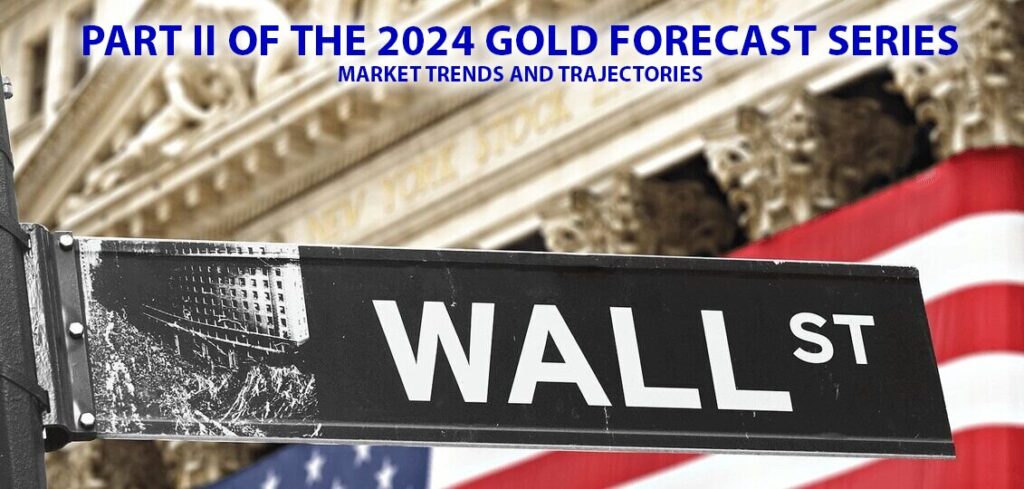The Modern Day Markets Looks Like President Reagan’s Markets
By Keris Lahiff | Originally published April 22, 2018
Donald Trump, like Ronald Reagan before him, is an outside-the-beltway president. That recently prompted longtime market watcher Ralph Acampora to investigate whether the two had anything else in common.
What he found could be a warning to the stock market.
“Ronald Reagan had a six-month honeymoon,” Acampora, director of technical research at Altaira Capital Partners, told CNBC’s “Futures Now” last week. “The percentage gain was roughly about 10 percent.”

When Reagan was sworn into office on Jan. 20, 1981, the Dow Jones Industrial Average was trading at around 950. The index, which at the time contained companies such as Eastman Kodak and Goodyear Tire, hewed to a close trading range until the middle of 1981, before trending downward. The Dow ended that year down 9 percent.
“Most presidents, after their honeymoon, something happens because all of the things that they’re planning to do politically takes time to execute,” Acampora explained.
“Consequently, when the honeymoon period is over these presidents have a bear market,” the market watcher added. “Most presidents have some kind of a difficulty in their second year, and Ronald Reagan was no different.”
In the early 1980s, a higher federal funds rate designed to snap the U.S. economy out of spiking inflation touched off an economic recession. The recession lasted from July 1981 to November 1982.
Under Reagan, the Dow fell into bear market territory, a level marked by a more than 20 percent decline from 52-week highs. At one point, the stock market dropped by as much as 24 percent, Acampora said. The Dow found a bottom of 776.92 on Aug. 12, 1982.
That date marked a turning point of sorts, he said. “…I want to point out that August 1982 low for Reagan was the beginning of the next secular bull market that lasted 18 years,” added Acampora.
From Reagan’s inauguration to his final day in office in January 1989, the blue-chip index rallied 135 percent, and the S&P 500 Index skyrocketed by 118 percent.
Though markets have dipped in and out of correction since February, Acampora sees Trump’s honeymoon period as still alive and kicking.
“I’ll give him the benefit of the doubt. It’s still in force. It’s up from the November 2016 low to the January high about 45 percent. That’s [an] amazing 15 months,” said Acampora.
From Trump’s election to the late January records, the Dow had risen 45 percent and the S&P 500 34 percent.
One technical market move has given Acampora pause, though.

The Dow Theory predicts that the market is in an uptrend when both the Dow Industrials and Dow Transportation Average make a higher high either at the same time or one after another – the opposite also holds to be true.
The Dow Transports hit its peak in early January, followed by the Dow Industrials later that month, explains Acampora. The Dow Industrials made a lower low in March, but the Transport index has not since its Feb. 9 bottom.
“As an old Dow theoretician, as long as the Transportation stays above that level, I think you’re in a corrective phase, but you’ve got to keep your eye open and be very, very selective here,” said Acampora.
Worse news for Trump, any decline during his second year in office could be even worse than Reagan’s bear market, he says.
“I look at some of these patterns that are developing now in individual stocks that look awfully toppy and that suggests it could even be worse than 24 percent,” said Acampora.
The Dow and S&P 500 are no longer in a correction. The Dow is down 8 percent from its 52-week high set on Jan. 26, while the S&P 500 has fallen 7 percent from its own record set during the same session.
Source: CNBC.com















